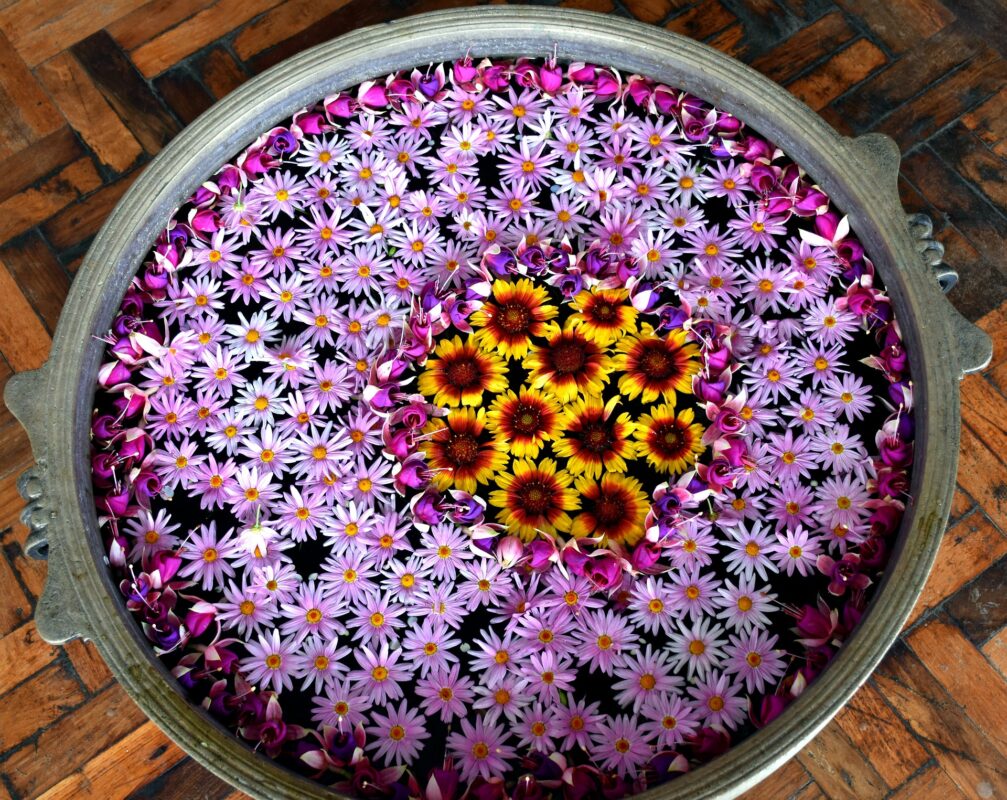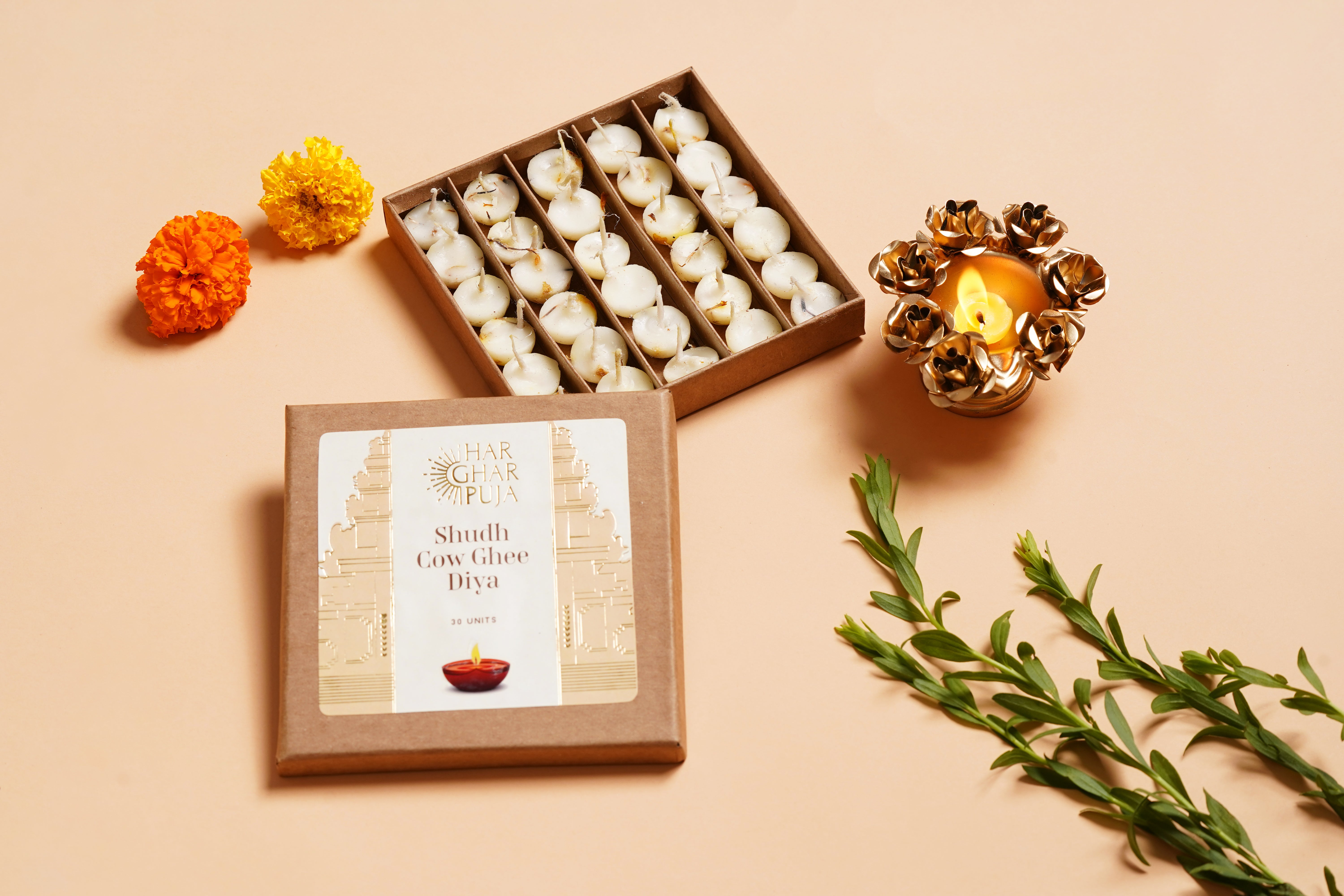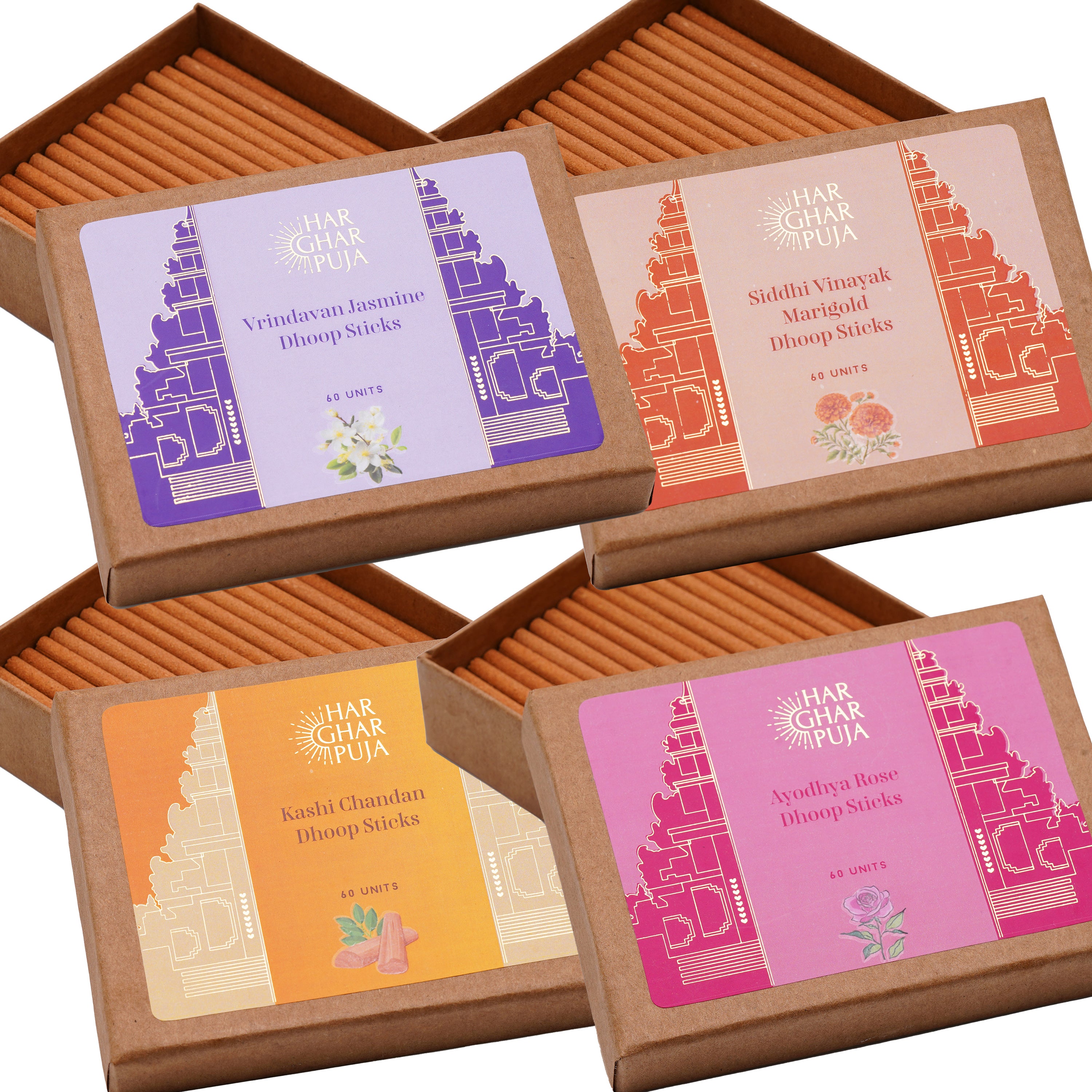Sri Srimad Bhagavad Gita holds a special place in Hindu philosophy, akin to a guiding star for those seeking enlightenment. This sacred text transcends the dialogue between Lord Krishna and Arjuna, reaching the pinnacle of spiritual heights. It presents a profound exploration of life’s problems, human existence, and the diverse paths leading to ultimate truth.
While Hindu philosophy encompasses detailed discussions on topics ranging from the universe’s origin to nihilism, it also acknowledges the omnipresence of nature. The Bhagavad Gita addresses the creation, maintenance, and destruction of the universe, highlighting several aspects of nature and their meaning in our lives. We are going to cover one such mentions that has been discussed in Bhagavag Gita – flowers. The vibrant colors, delicate appearance, and ephemeral nature of flowers symbolize the transient nature of life, contrasting with the immortal soul.

In this article, we delve into the nature and importance of flowers in Hindu scriptures, explaining how they connect the self with spirituality.
Nature’s Omnipresence in Hindu Scriptures
Nature’s grandeur, melodies, and rhythmic cycles are ever-present in Hindu scriptures. Every element, from a rustling peepal leaf to a gurgling river or a towering mountain, carries symbolic significance. The Bhagavad Gita, considered the crown jewel of spiritual literature, frequently uses natural imagery, especially flowers, to convey profound spiritual philosophies. These floral metaphors transform complex spiritual concepts into relatable insights about life, duty, and cosmic truth.
Importance of Flowers in Hindu Rituals and Ceremonies
Hindu festivals are vibrant celebrations, imbued with bright colors and aromas. Flowers play a crucial role in these festivities, embodying emotions, aspirations, and spiritual fervor. Whether it’s the intricate floral rangoli patterns during Diwali, the fragrant garlands adorning deities in temples, or the petal showers at weddings symbolizing blessings and prosperity, flowers are integral to Hindu rituals. They silently express the diverse emotions of life, including joy, hope, reverence, and devotion.
Flowers as Symbols of Divinity and Purity
Despite the diversity in Hindu practices and ceremonies, flowers consistently symbolize purity, innocence, and divinity. Their fleeting beauty serves as a poignant reminder of life’s impermanence, while their ancient origins represent the soul’s quest for salvation. Offering flowers on sacred altars or to deity idols is more than a ritual; it’s a symbolic act of pure-hearted devotion, reflecting a desire to transcend mortal limitations and connect with the infinite.

Timeless Relevance of Flowers in the Bhagavad Gita
The Bhagavad Gita uses floral metaphors to convey deep spiritual truths. Each flower reference in the text symbolizes life lessons, such as the transient nature of existence or the pursuit of enlightenment. In today’s fast-paced digital age, these ancient botanical metaphors provide a foundational perspective, reminding us to value stability, simplicity, and spiritual growth amidst life’s uncertainties. These floral insights from the Bhagavad Gita guide us towards love, detachment, and self-awareness.
Flowers as Bridges to Divinity
In Hinduism, flowers symbolize the connection between the earthly and the divine, representing the universe’s grandeur. Their blossoming parallels a soul’s journey towards enlightenment, navigating challenges just as flowers bloom despite adversity. Each petal represents the eternal cycles of life, urging contemplation on life’s fleeting nature. Flowers used as offerings establish a sacred link between humans and divinity. Special flowers like the lotus and marigold lead us to deeper truths, acting as spiritual guides and inspiring the quest for enlightenment.
Shared Symbolism of Flowers in Hinduism and Buddhism

The symbolism of flowers extends beyond Hinduism into Buddhism, evident in scriptures like the Tripitaka. Given their shared cultural origins in ancient India, both religions imbue flowers with significant symbolic meaning. Despite their distinct beliefs and practices, the use of flowers as symbols of purity, enlightenment, and the spiritual journey is a common thread, highlighting a deeper connection between the two traditions.







